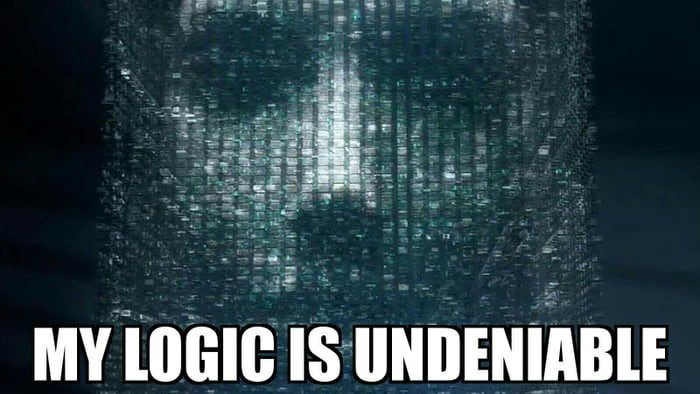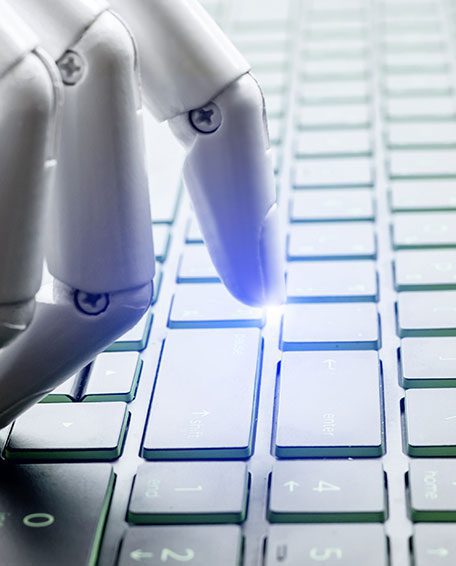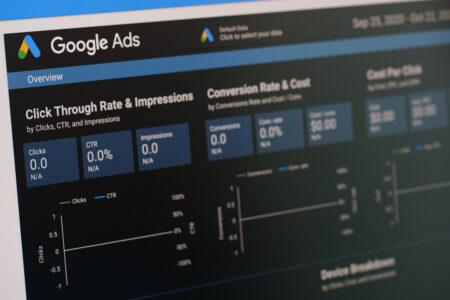Hey, everyone! In case you missed it, check out the other instalment in this 2-part blog series: Bot Vs Being: Is AI The Future Of Copywriting? (The Bot), where you can read an interesting, somewhat humourless version of this article that was knocked together by AI writing software.
***
AI – it’s dynamic, it’s fascinating, it’s everywhere. From the binge-worthy stuff Netflix recommends to us, to the smart speakers we boss around, AI is live and kickin’ and continually simplifying all kinds of everyday tasks in our everyday lives.
But what about in our work lives? According to worldwide consultancy firm McKinsey & Company, intelligent robots could replace around 30% of the global human workforce by 2030. Eek!
So, what does that mean for us copywriters? Are we going to be replaced by robots? Did we learn to write persuasively for nothing? Should we all just pack up our coffee and our synonym stockpiles and leave?!
Read on to find out! 😊
What is AI?
Artificial intelligence (AI) basically means human intelligence simulated in machines. The development of AI is pretty much all about building smart machines that can automate or replicate certain tasks better than (or as well as) we humans can. We’ve all seen the films where quirky, sassy, or downright insane artificially intelligent beings outmanoeuvre us humans left, right and centre! (Show-offs).
The term ‘AI’ goes hand-in-hand with the term ‘machine learning’ – which refers to machines improving or evolving through “experience” (i.e., by collecting and analysing data, then identifying patterns and/or solutions based on that data).
When AI is applied to business processes, companies can learn new and fresh ways to make certain tasks or processes more streamlined and efficient.

How does AI Copywriting work?
Let’s talk about AI content generators.
Most AI content generators (like Writesonic, which we used to generate the AI version of this blog) use the third edition of “Generative Pre-Trained Transformer” technology (GPT-3). GPT-3 is an AI writing tool created by tech company OpenAI.
GPT-3 uses deep learning artificial neural networks to write copy “like a human”. Put simply, the algorithm was shown how people write and taught to identify writing patterns based on the parameters given to it.
For the most part, you give a content generator a framework or some parameters to work with – target topic, keywords, etc. – and the software spits out a brand spanking new piece of content for you, be it marketing copy, a blog article, a poem, whatever.
What are the drawbacks of AI copywriting?
For those of you on the edge of your seats waiting for me to tell you that your days as a writer are numbered, allow me to put you out of your misery. (In a good way, not an injured roadkill way).
The concept of AI Copywriting doesn’t mean we’re going to be replaced by linguistically gifted wordsmith robots. I know – “phew”, right?
It’s early days with AI copy generators. AI copywriting software will generate a piece of content based on what already exists online, but it’s not capable of original thought, so it can’t produce fresh, unique content.
Plus, there’s more to copywriting than writing copy. While AI writing software can help throw some content together, there are a bunch of things it can’t do.
AI copywriting software will not:
- Create truly original content – it only replicates
- Relate to the human emotions of a target audience
- Realise if it’s included irrelevant info
- Help clients establish a preferred brand tone
- Smile politely and nod when a client says “we want to sound like Innocent”
Copywriting is a psychologically and emotionally driven discipline that calls for creativity. As humans, we’re positively brimming with creative emotion (🎨 😭), so much so that it’s unrealistic to think a computer can replicate it – at least for now!

The potential for Artificial Intelligence in the Copywriting Industry
Instead of stealing copywriters’ jobs, AI copywriting software is set to transform those jobs. The key is understanding how and when to use them.
Copywriters and copybots can (and should) co-exist, if for no other reason than to make the copywriter’s life marginally easier by generating a first draft that can then be beefed up by human hands.
Different copy generators feature different tools and templates, but the outputs that various software can generate includes copy for ads, landing pages, product pages, blog articles, meta descriptions, and more.
AI copy generators might even be the ultimate solution for writer’s block because they can be used for a jump-start during those times when creative juices aren’t really flowing.
Conclusion
So, to summarise:
- Human copywriters are awesome.
- AI copy generators are alright, but it’s early days.
- The two can work well together – AI can give copywriters a foundation on which to build.
- Marketing agencies still need human writers.
- Copywriters probably won’t be replaced by robots – result!
Thanks for reading! If you’d like more information about how our copywriters work their word wizardry, check out our official Copywriting service page. If you’d like to talk to us about your copy needs, reach out to us!
Let's collaborate
Partner with us
Let’s work together to create smarter, more effective solutions for your business.
Related blogs
Who we are
Explore how our culture and expertise fuel digital innovation
Join us








